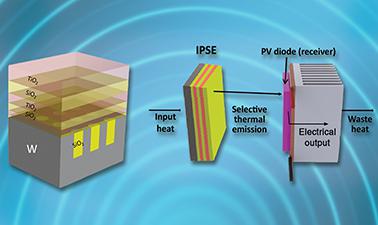The magnetism simulations on this page allow us to delve deeper into this important quality of some materials.
Magnetism is a fundamental property of certain materials that allows them to attract or repel other objects. It is a phenomenon related to the interaction of moving electric charges and is closely linked to electromagnetism, an important branch of physics.
Magnets are objects that exhibit magnetic properties. They have two poles, the north pole and the south pole, which have different characteristics and attract each other. When a magnet is brought close to a ferromagnetic material, such as iron or nickel, these materials can temporarily become magnetic and be attracted to the magnet.
The basis of magnetism lies in electrons, negatively charged subatomic particles that orbit around the nucleus of an atom. Moving electrons generate a magnetic field around them. In an atom, electrons pair up and their magnetic fields cancel each other out. However, in certain materials, such as magnets, the electrons do not pair up and their magnetic fields do not cancel, resulting in a net magnetization.
Magnetism is also related to electricity. Electric current in a wire generates a magnetic field around the wire. This principle is used in the construction of electromagnets, where a coil of wire wound around a magnetic core becomes magnetic when current passes through it. Electromagnets are widely used in technological applications, such as electric motors, generators, transformers and data storage devices, such as hard disks.
In addition, magnetism has applications in navigation. Compasses use a magnetic needle that is aligned with the earth’s magnetic field, which allows the north-south direction to be determined.
The study of magnetism is supported by the laws of electromagnetism, formulated by James Clerk Maxwell in the 19th century. These laws describe the interactions between electric and magnetic fields, and have laid the foundation for the development of modern technologies such as electricity, wireless communications and electronics.
In short, these online magnetism simulations are a great tool to go deeper into this important field of physics.
Explore the exciting STEM world with our free, online simulations and accompanying companion courses! With them you'll be able to experience and learn hands-on. Take this opportunity to immerse yourself in virtual experiences while advancing your education - awaken your scientific curiosity and discover all that the STEM world has to offer!
- Charge
- Lines
- Wire I
- Wire II
- Bar
Magnetic field lines
This simulation shows how the magnetic field lines generated by two interacting magnets look like. See what happens when you rotate the magnets or change the position between them.
Magnetic field of an electric wire I
This simulation shows what the magnetic field generated by an electric current in a wire looks like and how the right-hand rule can be applied to find the direction of the field.
Physics courses


The Basics of Transport Phenomena



Circuits for Beginners



AP® Physics 1 – Part 1: Linear Motion



Pre-University Physics



Principles of Modeling, Simulations, and Control for Electric Energy Systems



Principles of Electric Circuits | 电路原理



Electrotechnique I



Electromagnetic Compatibility Essentials

Other courses


Pre-University Physics



Sustainability, Resilience, and Society



Dynamics and Control



Quantum Mechanics for Everyone



General Chemistry I: Atoms, Molecules, and Bonding



Astrophysics: The Violent Universe



Advanced Fluid Mechanics 2: The Navier-Stokes Equations for Viscous Flows



Advanced Fluid Mechanics 1: Fundamentals




















